
1. Analysis Results and Conclusions
This is the race pace analysis which considers fuel loads, tyre degradations, and other contexts of the race.
Table 1~3 shows power relationship of each car’s race pace in dry conditions. This time, only the race pace on soft tyres could be calculated, so this is the overall race pace analysis result.
Table 1 Race pace on soft tyres
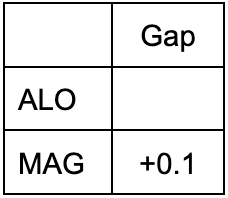
Table 2 Race pace on medium tyres
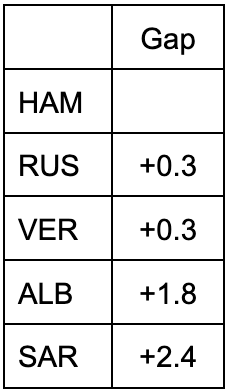
Table 3-1 Race pace on hard tyres 1

表3-2 Race pace on hard tyres 2

☆Points to note
This time, due to the circuit characteristics, each car ran a management race while watching the gap with the rivals ahead and behind, so the number of drivers who were able to calculate their competitiveness quantitatively were very limited as shown above. There is no way to synthesize Tables 2 and 3, and the only thing that can be said is that from Table 3-2, it can be inferred that Perez was about 0.4 seconds slower than Hamilton.
Looking Back at the Race Pace
Hamilton showed an outstanding performance on the medium tyres, and Sainz showed a better pace than Leclerc on the hard tyres. Also, the Red Bull drivers were at a disadvantage against Hamilton in terms of race pace.
The things that can be said quantitatively are as shown in Tables 1 to 3, but from the development of the second stint, it seems qualitatively possible to say that Norris was faster than Sainz. Considering that Piastri’s pace was 0.6 seconds behind Sainz, Norris’s performance level was tremendous.
2. About the Analysis Method
I assumed a fuel effect of 0.06 [s/lap] and calculated the degradation value from the slope of the graph. I derived the race pace in equal conditions from the tyre history. I also took into account clear/dirty air and the context of the race.
The tyres used by each driver (from Pirelli Official)
Also, if a driver was in dirty air in the first half of a stint but in clear air from the middle, and even in dirty air in the first half he was able to save his tyres and did not slow down excessively, I treated the whole stint as if it were clear air. I defined this condition as open-end clear air (OEC).
This time, I ignored the difference between soft tyres used in qualifying and new soft tyres, and scrubbed and new medium/hard tyres.
3. Appendix
For reference, I attached the graphs I used for analysis.
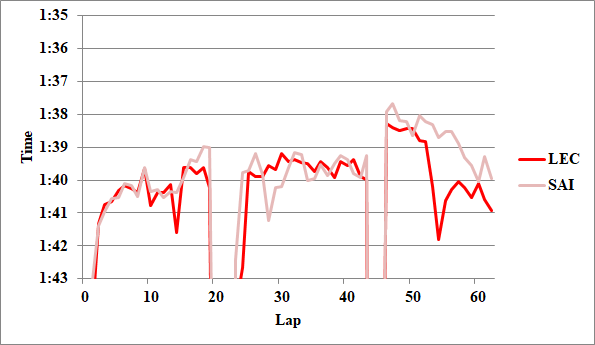
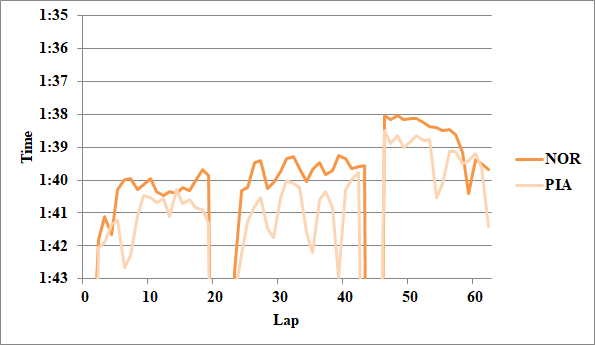
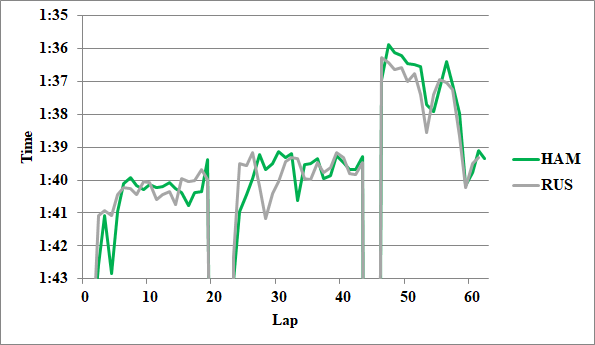
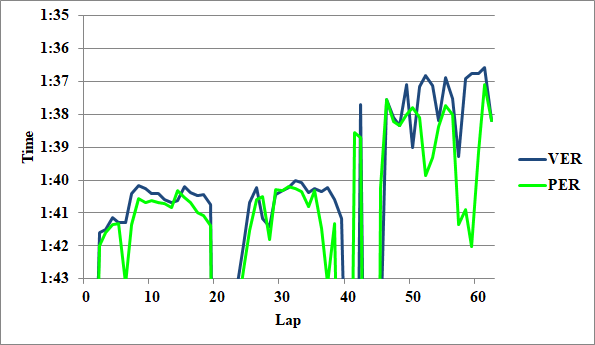

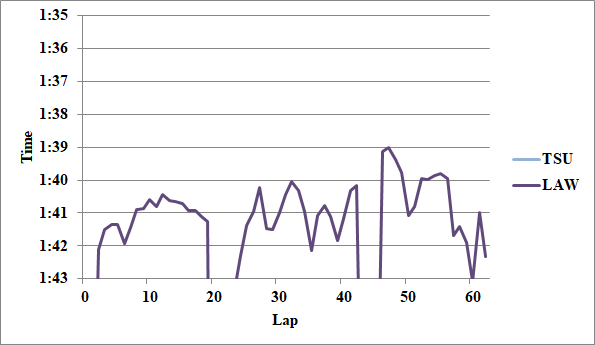
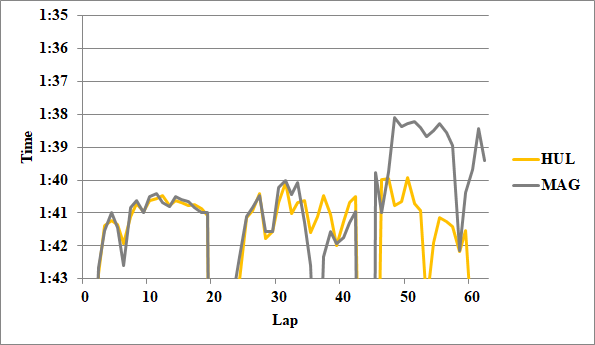
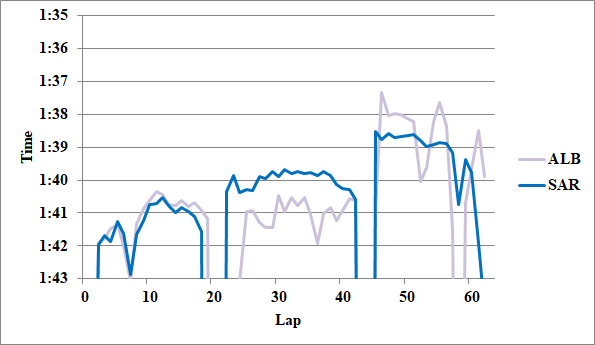
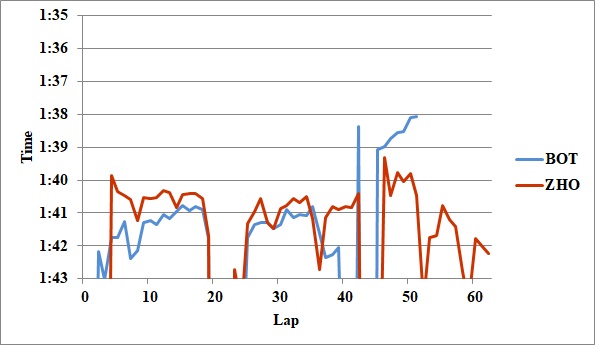





Writer: Takumi